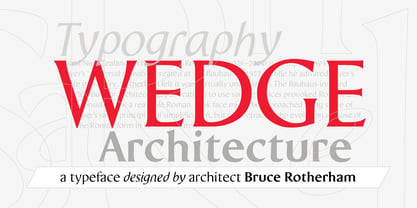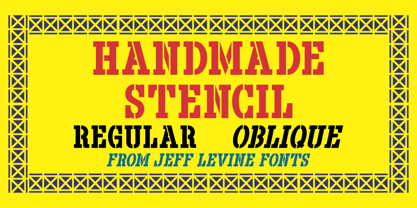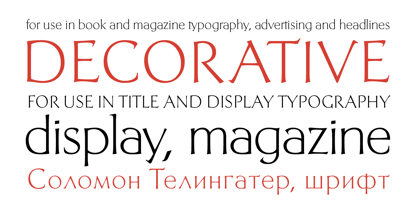2,120 search results
(0.02 seconds)
- P22 Wedge by IHOF,
$24.95 - Platonick-Normal - Unknown license
- BoinkoMatic - Unknown license
- Damage™ Maim - Unknown license
- Sam is my Name - Unknown license
- Klaxon - Unknown license
- Serpents - Unknown license
- Spat Crumb - Unknown license
- Heat Sinks 586 - Unknown license
- Trace Font for Kids - Unknown license
- Ripple Crumb - Unknown license
- Nickley-NormalA - Unknown license
- Fried Eggs - Unknown license
- Heat Sinks 486 - Unknown license
- Heat Sinks 386 - Unknown license
- Canker Sore - Unknown license
- FuzzySock - Unknown license
- Cthulhu Runes - Unknown license
- Torpedo - Unknown license
- Saltwater - Unknown license
- Kaptain Kurk - Unknown license
- Schneidler by Bitstream,
$29.99 - Augereau by Abrams Legacy,
$52.00 - Greeting Monotone by Monotype,
$29.99 - Handmade Stencil JNL by Jeff Levine,
$29.00 - Art Student JNL by Jeff Levine,
$29.00 - Telingater Display by ParaType,
$30.00 - Backcab - Unknown license
- Dust Mites - Unknown license
- YoungFreshFellows - Unknown license
- Zipple - Unknown license
- Trapped - Unknown license
- Space Gimboid - Unknown license
- DS Down Cyr - Unknown license
- Hecubus - Unknown license
- Honeybomb - Unknown license
- Backcab - Unknown license
- Fishbowl - Unknown license
- Astro Bats by Greater Albion Typefounders,
$5.00 - Train Car JNL by Jeff Levine,
$29.00



































